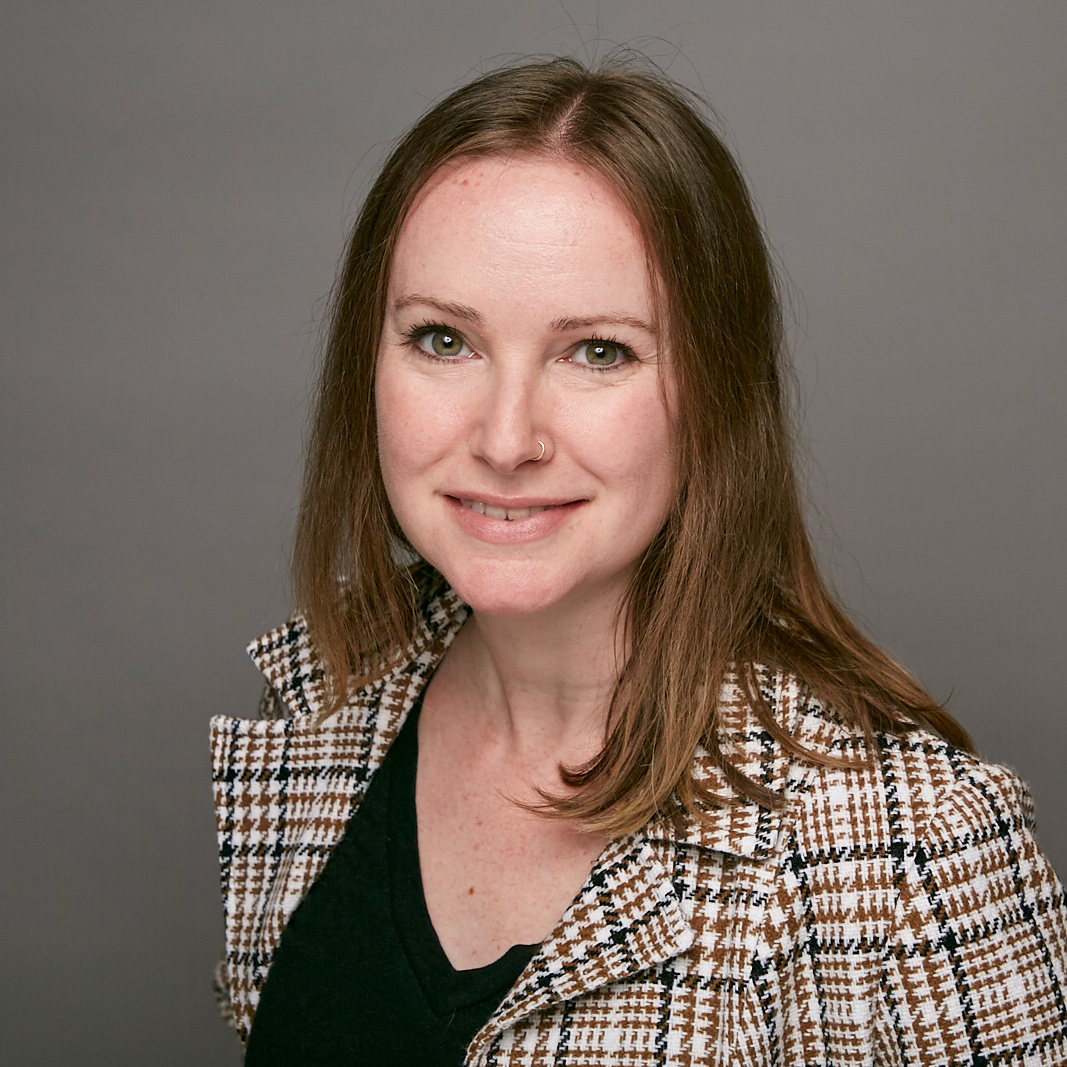American Experience Presents ‘Cold War Roadshow’
Cold War Roadshow tells the story of one of the most bizarre episodes in the annals of modern history — the unprecedented barnstorming across America in the fall of 1959 by Soviet Premier Nikita Khrushchev, the world leader of communism and America’s arch nemesis. At the very height of the Cold War, with American schoolchildren practicing duck-and-cover drills, the man who Americans feared could incinerate them in a rain of hydrogen bombs arrived in Washington, D.C. at the invitation of President Eisenhower. For both men, the visit was an opportunity to halt the escalating threats of the Cold War and chart a new course toward peaceful coexistence. For the American press, it was the media blockbuster story of the year. Produced by Robert Stone and Luc Martin-Gousset, Cold War Roadshow premieres on American Experience on Tuesday, November 18, 2014, 9:00-10:00 p.m. ET on PBS (check local listings).
In 1959, most Americans thought of Khrushchev as the personification of evil; the dictator who said “we shall bury you” appeared to be a threat to the very values and ideals that defined the American way of life. When the Soviet premier arrived, his presence on U.S. soil was as disconcerting as it was captivating. What were Americans to make of this boisterous, rotund and strangely likable Russian dictator and his uncanny ability to upstage even the savviest politician with both charm and charisma?
The more-than-willing star of America’s first reality television show, Khrushchev was surrounded by both U.S. and Soviet security teams and a cadre of over 300 journalists and television cameramen as he made his way from coast to coast. Each night, Americans turned on their TV sets to watch to the nightly special reports and, along with the anchormen, tried to make sense of this unexpected character who held their futures in the palm of his hand. And the more Americans saw of the man, the more they liked him.
Upon his arrival in Washington, D.C., thousands of spectators lined the streets. While the premier smiled and waved, most of the onlookers stood by in awkward silence, unsure whether it was appropriate to wave back at a Communist dictator. In New York, the icy reception was more vocal, with anti-Soviet Union protestors shouting and waving signs for the television cameras that followed Khrushchev’s every move.
Incredible as it may seem in the stage-managed political world of today, the further Khrushchev ventured from Washington, the more his itinerary was left in the hands of local officials. In Los Angeles, authorities were determined to isolate the Soviet leader from the people, rerouting his motorcade away from the crowds. Although feted at a luncheon filled with glamorous celebrities including Marilyn Monroe and Elizabeth Taylor, he was stunned when Mayor Norris Poulson cancelled his eagerly anticipated visit to Disneyland because his safety could not be guaranteed. Already angry, the Soviet premier was further insulted when the mayor, at a meeting with business leaders, publicly denounced communism and said that Americans would fight to the death to defend their way of life.
Heading east from California, Khrushchev’s next stop was to see his old friend Roswell Garst, an Iowa farmer who had travelled to the Soviet Union to give lectures on corn. Surrounded by hordes of reporters who were trampling his fields, the irate farmer growled at photographers and shooed them back with a corn stalk. But Midwesterners welcomed the dictator with smiles and hospitality, and Khrushchev basked in the glow of ordinary people, patting babies on their heads, posing for cameras, and eating his first hot dog.
No one knows what might have happened if the good will generated by Khrushchev’s American trip would have continued to thaw icy relations between the U.S. and the Soviet Union. But that was not to be. One month before President Eisenhower’s scheduled reciprocal visit to Moscow, a U.S. spy plane was detected over Soviet airspace. It was shot down and Eisenhower was no longer welcome.
The smarter way to stay on top of broadcasting and cable industry. Sign up below
Told through the eyes of historian William Taubman and journalist Peter Carlson, and through the personal recollections of President Eisenhower’s granddaughter, Susan Eisenhower (who met Khrushchev on the trip) and Nikita Khrushchev’s son, Sergei Khrushchev (who accompanied his father every step of the way), Cold War Roadshow takes a deeply personal look at the often overlooked human dimensions of the Cold War.
“Besides being an entertaining look back at one of the most colorful chapters in American diplomatic history, Cold War Roadshow reminds us of the oft-forgotten way that human interaction shapes history,” says American Experience Executive Producer Mark Samels. “We’ll never know if Khrushchev’s warm encounters with Americans gave him pause during the tense standoff of the Cuban Missile Crisis three years later.”
“One has to believe that one of the things that deterred him was the knowledge of the country which could suffer the impact of his missiles if he ever pressed the button,” concludes historian William Taubman. “The palpable reality of the Americans whose hands he had shaken and whose beer bellies he poked had to have increased his sense that however tense the situation was, there were lines that must not be crossed. It took 30 more years to end the Cold War and for the Soviet system to disappear. But this was the start of it.”
Jessika is an analyst for TVREV and Fabric Media. She previously served in various roles at Broadcasting + Cable, Multichannel News and NextTV, working with the brands since 2013. A graduate of USC Annenberg, Jessika has edited and reported on a variety of subjects in the media and entertainment space, including profiles on industry leaders and breaking news.

